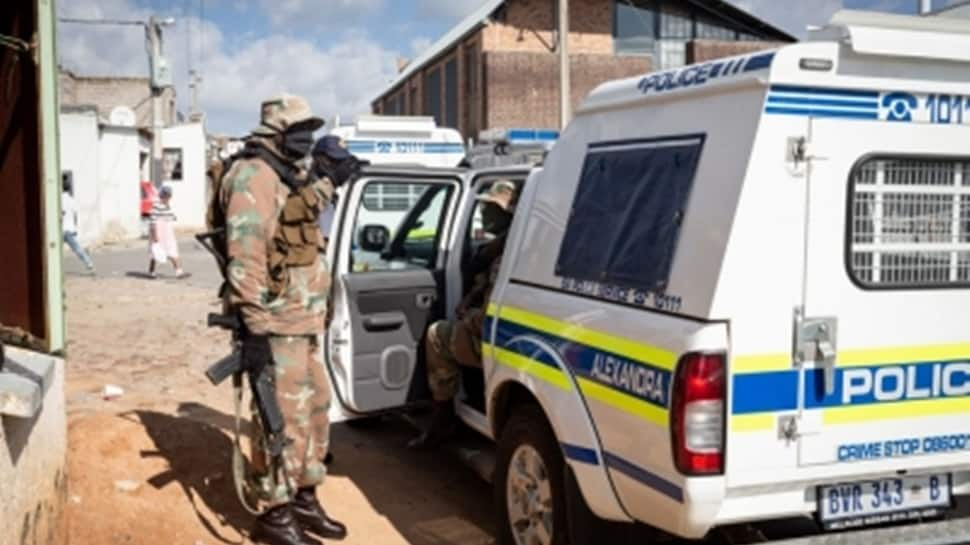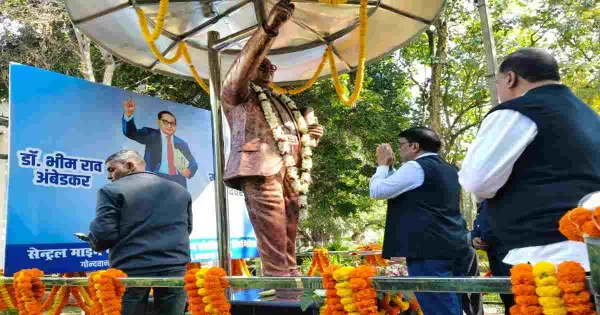The Bharatiya Janata Party’s landslide victory in the 2019 Lok Sabha elections is based on many stunning results. None is probably so compelling and puzzling as its phenomenal win in West Bengal. Almost all commentators, including the authors of this article, had underestimated the BJP’s performance by a wide margin.
From a seat count of two in the 2014 Lok Sabha elections, the BJP has increased its tally to 18 in 2019. Equally, if not more, impressive is the increase in its vote share from 16.8% in 2014 to 40.25% in 2019.
In this article, we provide some preliminary attempts to this make sense of BJP’s unprecedented victory in West Bengal. We do so by looking at the pattern of BJP’s vote share gain across regions and by studying the relationship between BJP’s gains and losses of the AITC (All India Trinamool Congress) and the LF (Left Front, comprising the Communist Party of India, Communist Party of India (Marxist), Revolutionary Socialist Party and All India Forward Bloc).
Our analysis highlights three factors that, in combination, led to these results. First, there was an unmistakable electoral wave in favour of the BJP. Second, the BJP could partially consolidate its gains in north Bengal. Third, and most importantly, the BJP gained (and the AITC lost) is a major way in the western part of the state – the Jangal Mahal area. Most commentators have so far focused on the first and second factors; we want to argue for the importance of the third.
Our argument is based on an analysis of vote shares of the key parties in West Bengal. We rely for our analysis on data provided by the Election Commission of India (ECI) on it website. Hence it is important to note a caveat at the very outset: any possible problem in the ECI data would automatically make our analysis incorrect.
Table 1 summarises the information we use for our analysis – it gives data on the winning party, BJP’s vote share and AITC’s vote share across all parliamentary constituencies of West Bengal in the Lok Sabha elections in 2014 and 2019.
The spatial pattern of the data is summarised in four maps. Figure 1 shows the spatial pattern of the seats won by different parties in 2014 and 2019; Figure 2 and 3 show the patterns of BJP’s and AITC’s vote share, respectively, in the 2014 and 2019 Lok Sabha polls; and Figure 4 shows the spatial pattern of the change in BJP’s and AITC’s vote share between the Lok Sabha elections in 2014 and 2019. Finally, Figures 5 and 6, depict the relationship between BJP’s gain and losses of the Left Front and AITC. Together, the data presented in Table 1 and visually summarised in the figures can help us in making some sense of the results.
Changes in vote share across parties
The first thing worth noting is the massive scale and scope of the BJP’s victory. One way to see this is to look at the penultimate column in Table 1 or turn to the first panel in Figure 4. In noparliamentary constituency did the BJP witness a decline in its vote share between 2014 and 2019.
The lowest increase of 3.93 percentage points came in Baharampur, and the highest increase of 42.15 percentage points was witnessed in Purulia. Of course, both these constituencies are outliers in terms of the increase in BJP’s vote share. All other constituencies saw an increase of between 9 and 35 percentage points – with 19 constituencies witnessing an increase in BJP’s vote share by more than 25 percentage points.
Another way to highlight the scale and scope of BJP’s victory is to compare its vote share change with the AITC’s and Left Front’s vote share change.




